|
What is protein? Why do we need it? Protein is a nutrient that is made of amino acids. Amino acids are what make muscle, bone, skin, and hair. Our bodies make some amino acids, but there are several amino acids that our bodies can’t make – these are called essential amino acids. We have to get these through our food!
Benefits of plant proteins Plant protein are packed with fiber and other important nutrients. There has been research that correlates plant-based diets with lower risks of heart disease, obesity, hypertension (high blood pressure), type 2 diabetes, and certain types of cancer. 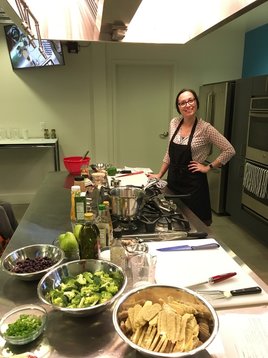 Amanda getting ready to talk about plant proteins! Amanda getting ready to talk about plant proteins! They're good for the environment, too! Studies have shown that eating more plant foods and less animal foods is better for the environment. As mentioned in Today’s Dietitian, “Diets high in meat increase greenhouse gas emissions from food production and global land clearing, as well as rate of species extinction.” Wallet friendly You definitely get more bang for your buck with plant proteins. Not only are they packed with nutrients, but plant proteins are also very affordable. You can buy a lot more beans, peas, and lentils, for example, than meat when comparing grams of protein. Complete Protein As mentioned before, there are certain amino acids that we need to get through food. Protein foods that contain all of these amino acids are called “complete proteins.” A few plant proteins that are complete proteins are quinoa and soy products. Many of the other plant proteins that you eat are not complete proteins. As long as you eat a variety of different plant proteins during the day, you will easily get all of the amino acids that you need. These foods do not need to be eaten at the same time or even at the same meal! Bottom line You don't have to be a vegetarian or vegan to benefit from plant proteins. Test out the waters by going meatless once per week. Your body will thank you! Below are a few recipes that we prepared at our recent Plant Proteins class at the Verdant Community Wellness Center. Enjoy! ~Leah, Dietetic Intern 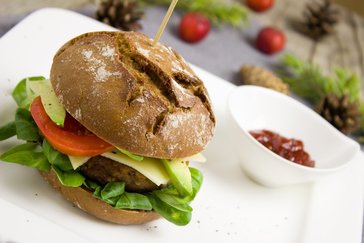 Black Bean Burgers Makes 4 servings Recipe adapted from Allrecipes.com Ingredients:
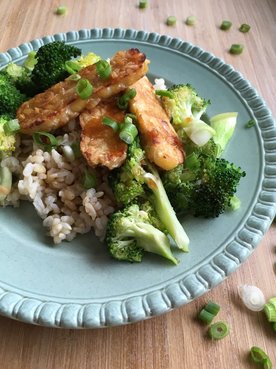 Teriyaki Tempeh Makes 8 servings Recipe adapted from America’s Test Kitchen’s Vegetarian Cookbook Ingredients:
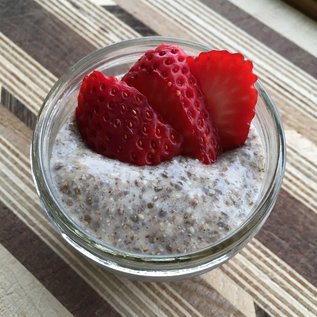 Chia Pudding Makes 4 servings Recipe adapted from Wellnessmama.com Ingredients:
0 Comments
Leave a Reply. |
SD BlogA place for our consultant Registered Dietitian Nutritionists (RDNs) to share nutrition science, yummy and healthy recipes, tips on seasonal ingredients, and other nutritional musings. Enjoy! Categories
All
Archives
May 2024
|

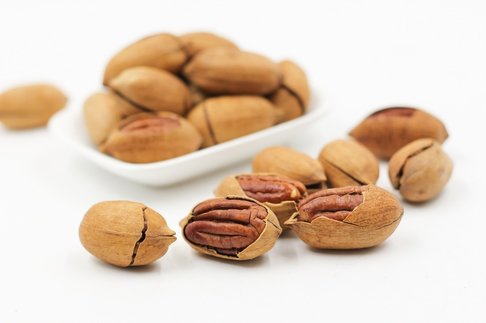
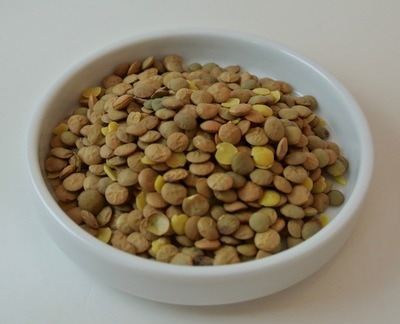
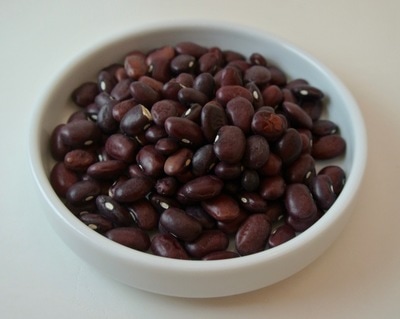
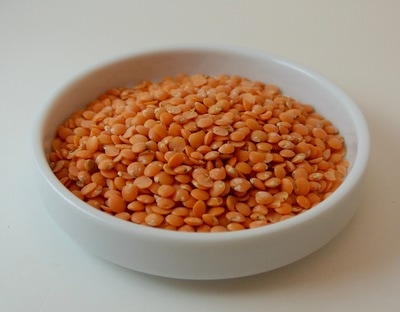
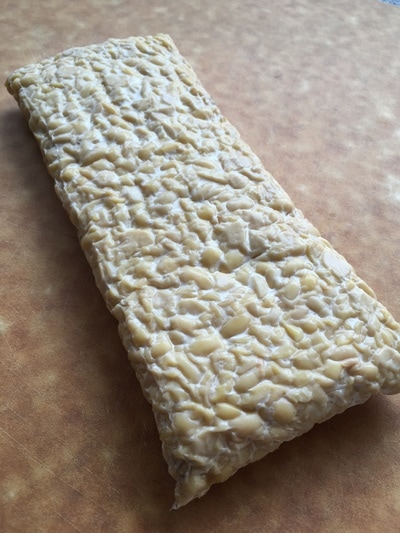
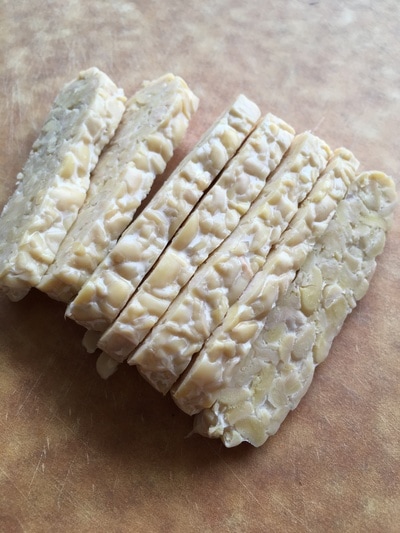
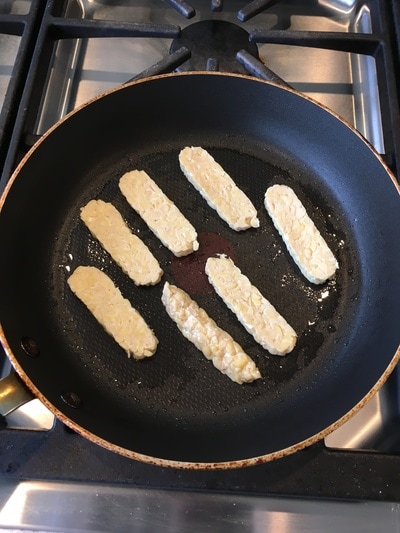
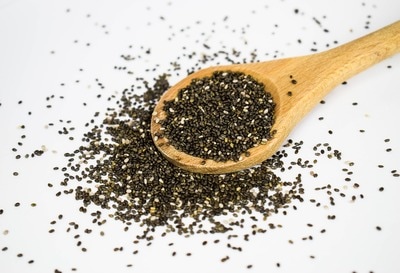
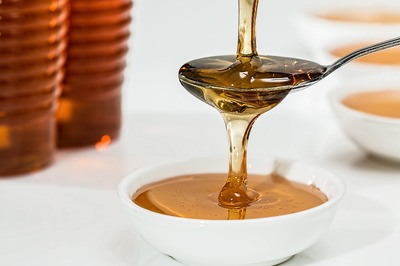
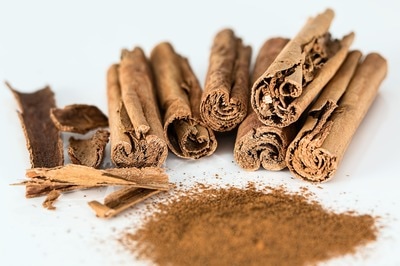

 RSS Feed
RSS Feed